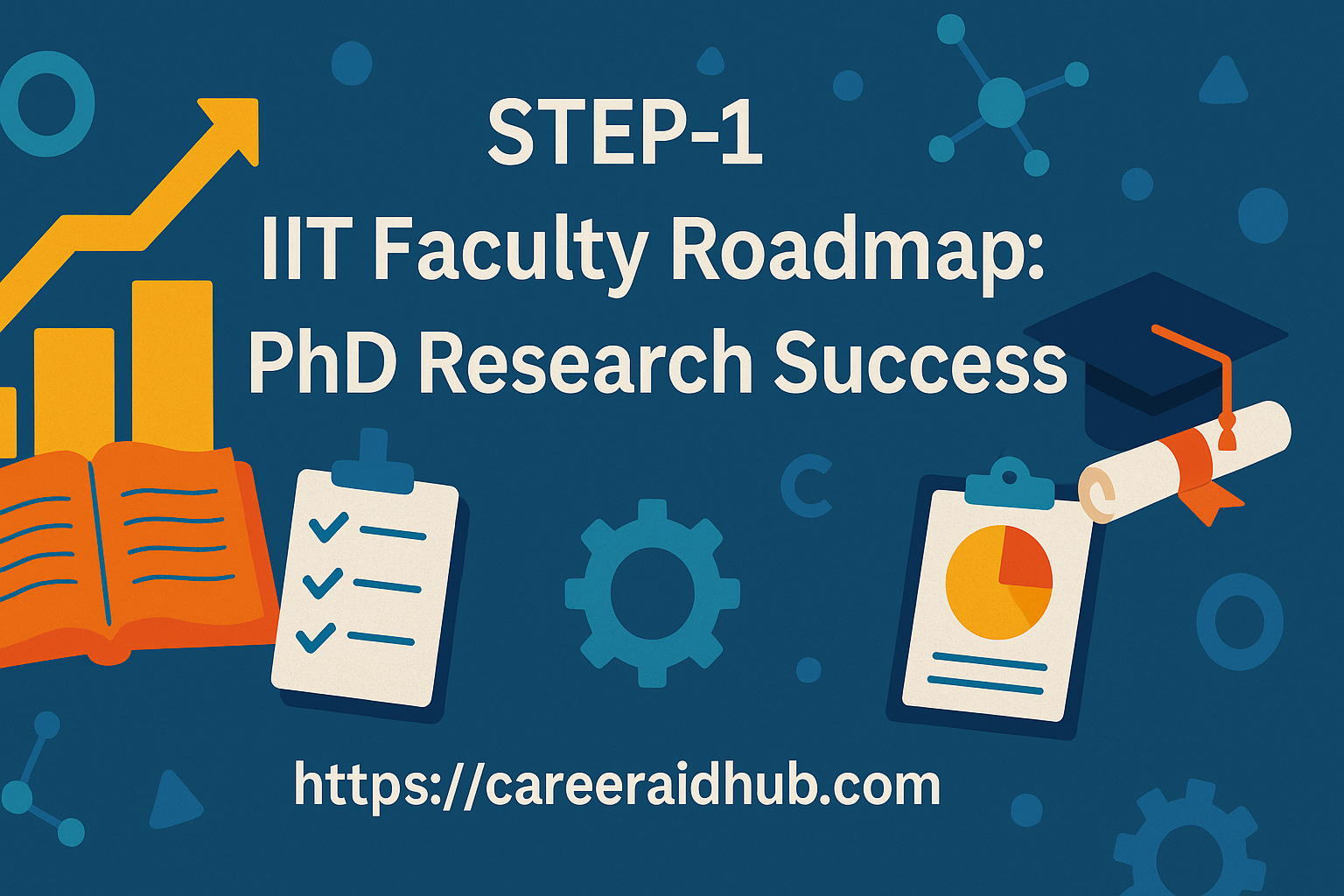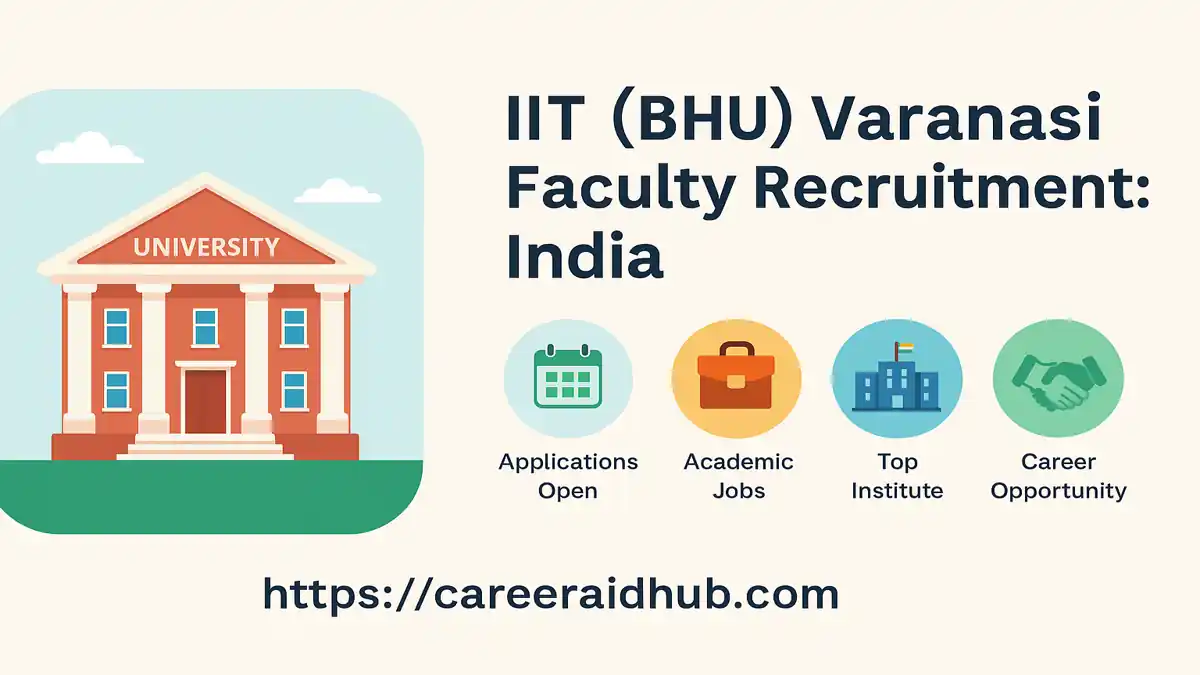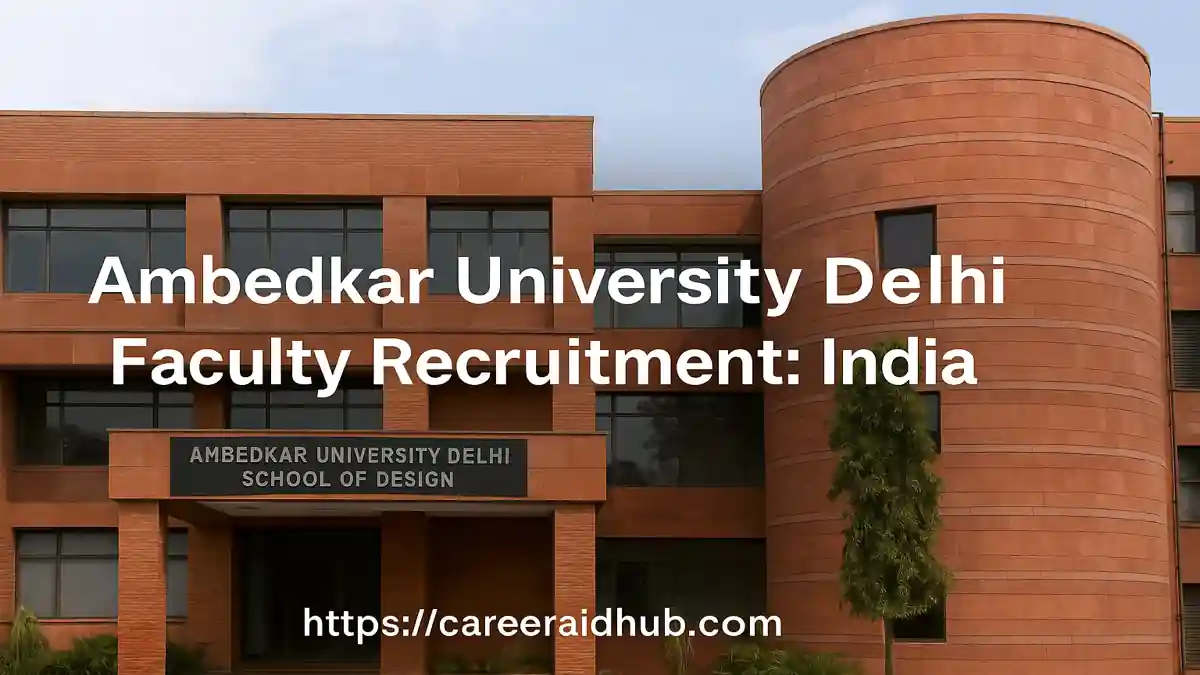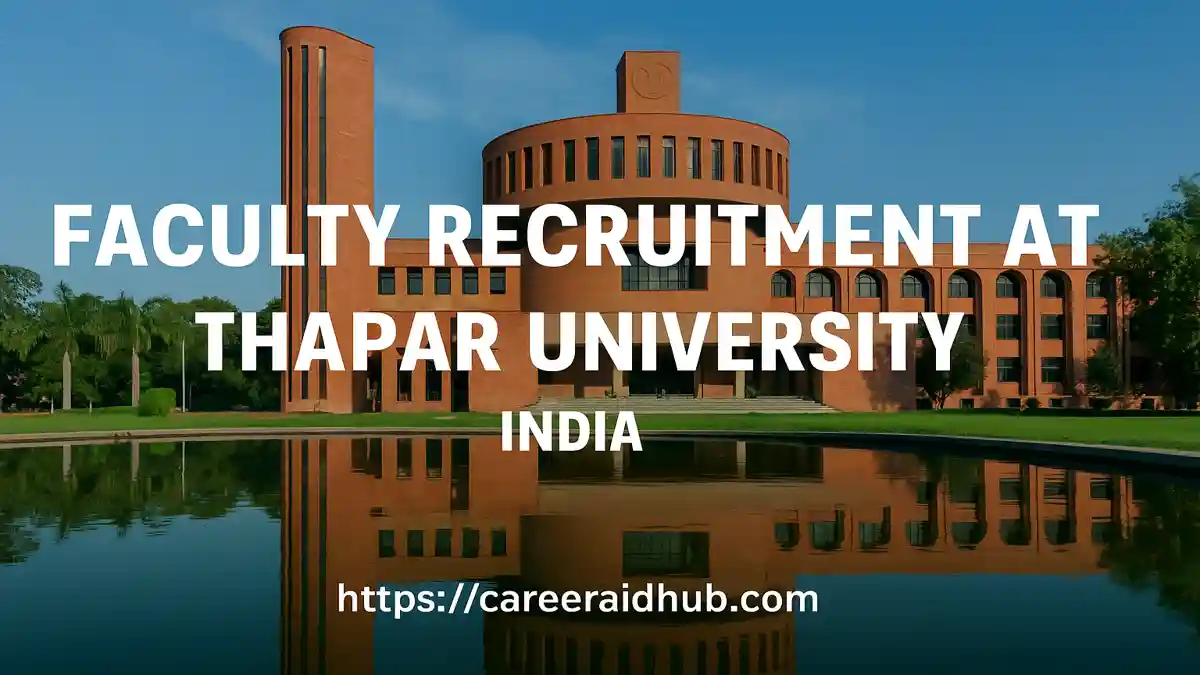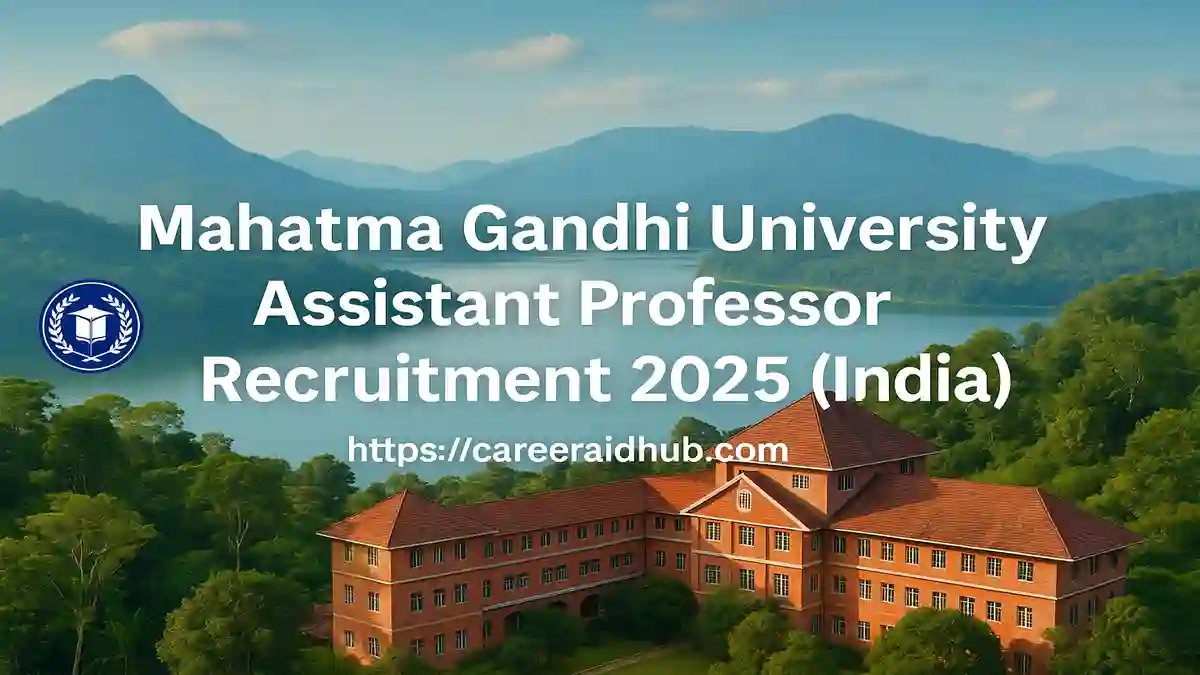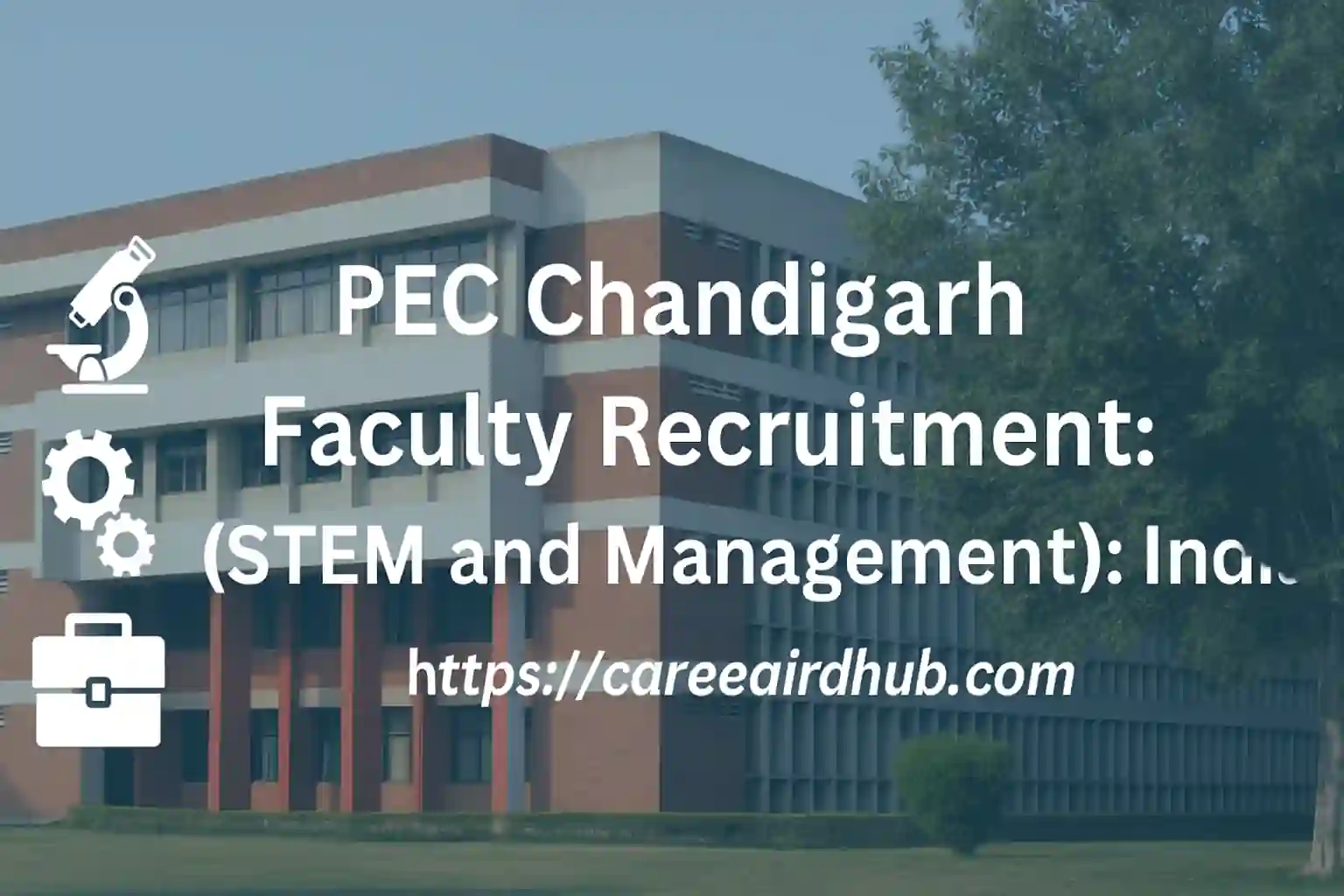Deep-Dive Roadmap: Step 1 – Complete a Ph.D. from a Reputed Institution and Focus on High-Impact Research
Why This Step Matters
For Indian Institutes of Technology (IITs), a Ph.D. is far more than a credential. It is evidence that you can frame hard problems, execute rigorous methods, and publish original findings that move a field forward. Selection committees evaluate whether you demonstrate independence, clear authorship contributions, and a trajectory of growth across your doctoral years.
Completing the doctorate in a strong, well-funded laboratory at IISc, IITs, IISERs, TIFR, NCBS, CSIR labs in India, or at globally ranked universities amplifies your odds through quality training, access to facilities, robust peer networks, and institutional brand value. It also signals that you have been exposed to competitive grant writing, high-stakes reviews, and ambitious collaborations, all of which mirror the expectations of an IIT faculty role. For context on the IIT system’s academic mandate, see the Institutes of Technology Act (official).[1]
Choosing the Right Advisor and Topic
Advisor Fit Over Brand
Prestige matters, but day-to-day mentorship determines momentum. An advisor who is hands-on, publishes regularly, and places graduates well can be more valuable than a marquee name who lacks time. Prioritize mentors
- Run consistently funded projects with a pipeline of experiments or deployments;
- Offer structured guidance (weekly meetings, written feedback, clear authorship norms);
- Have a track record of placing students in strong postdocs, industry R&D, or academia.
Before committing, review recent lab publications, talk to current and former students, and assess the group’s culture of collaboration, reproducibility, and credit attribution. Shadow a few meetings if possible, and map how your skills will compound inside that environment.
Topic Selection with Strategic Alignment
Choose problems that are foundational (advance core science/engineering), fundable (align with grant priorities), and policy-adjacent (resonate with national and IIT focus areas). Solid alignment makes your future research statement concrete and persuasive.
Illustrative areas by discipline:
- Chemistry/Materials: Green hydrogen catalysts and membranes, hydrogen storage media, corrosion science for H2 infrastructure, sustainable polymers, advanced battery chemistries.
- Computer Science/AI: ML for energy grids and climate modeling, AI for smart manufacturing and robotics, robust/foundation models with cross-domain impact (healthcare, finance, engineering).
- Mechanical/Manufacturing: Advanced manufacturing for renewable hardware, automation/robotics, thermal systems for climate control, 3D-printed components to improve efficiency and sustainability.
As you refine a topic, sketch how it evolves into a five-year faculty agenda. That forward view
Balancing Feasibility and Ambition
Design your doctoral plan around a balanced portfolio:
- One high-risk/high-reward problem that demonstrates boldness and vision;
- Two or more steady, low-variance subprojects that keep publications flowing.
This structure prevents a publication drought if the flagship idea takes longer than expected. Meanwhile, low-variance projects deliver reliable outputs, build citations, and showcase execution discipline.
Output Goals and Metrics
Publications: Quality First, Then Volume
Target 3–6 rigorous papers by graduation, with at least one flagship article in a top journal or conference. In computer science, premier conferences may weigh as heavily as journals; in other fields, journal prestige dominates. Choose well-regarded venues—committees notice patterns of marginal outlets.
Plan a submission calendar, allow buffer for peer review cycles, and track revision timelines. Keep a shared “paper readiness” checklist across the lab to elevate consistency: novelty statement, design rationale, statistical power, ablations/controls, data/code availability, and limitations.
Visibility: Be Findable and Credible
Present at top conferences/workshops to pressure-test ideas and build collaborative ties. Establish and update a Google Scholar profile, maintain an ORCID ID, and curate a clean personal page with an
Intellectual Property and Translation
If your work has application potential, discuss IP early. Where appropriate, file a provisional patent before public disclosure. Even if the patent is not granted by graduation, the attempt signals a translation mindset that aligns with IITs’ innovation and entrepreneurship goals.
Collaboration, Reproducibility, and Open Science
Adopt practices that invite reuse and scrutiny: version-controlled code, data dictionaries, method notes, and detailed supplementary materials. Share artifacts on reputable repositories when possible, and document how results can be replicated. These practices improve citations and reflect the community ethos IITs expect their faculty to model.
Research Skills and Infrastructure Mastery
Develop One or Two Anchor Methods
Use the Ph.D. to gain deep mastery of at least one advanced experimental or analytical technique. In hydrogen-energy electrochemistry, that could mean electrochemical impedance spectroscopy (EIS), advanced catalyst-surface microscopy, or in-situ characterization. In mechanical systems, it may involve high-fidelity multiphysics simulation or advanced additive manufacturing workflows.
Manage Facilities Like a Future PI
Learn instrument operation, maintenance, calibration, and safety. Build SOPs for common procedures, maintain logs for usage and downtime, and participate in safety audits—especially important for high-pressure gases or reactive
Work Across Disciplines
Bridge to adjacent expertise. A hydrogen-energy Ph.D. might co-design balance-of-plant with mechanical engineers, refine power electronics with EE colleagues, and quantify techno-economics with policy scholars. Multidisciplinary fluency expands funding options and strengthens your future research statement. For a primer you can adapt into your dossier, see our internal guide on crafting a high-impact research statement.
Teaching and Mentoring Experience
Elevate Every Teaching Assistantship
Approach TA roles as training for faculty life. Offer guest lectures when allowed; run problem-solving sessions; write solution keys that model clear thinking. If possible, coordinate with the course instructor to co-design an assessment rubric or a new lab exercise, then document learning outcomes for your teaching dossier.
Mentor to Multiply Output
Guide undergraduates or master’s students on defined subproblems. Create mini-milestones, hold regular check-ins, and co-author where contributions merit. Committees value evidence that you can lead students to results. For more ideas on structuring mentorship, review our note on mentoring frameworks for early-career faculty.
Professional Identity and Communication
Craft a One-Page Research Narrative
By the end of your Ph.D., summarize your work in a crisp, accessible one-pager that answers five questions: What problem do you tackle? Why does it matter?
- What is distinctive about your approach?
- What are the results?
- What comes next?
This narrative becomes the spine of your research talk and your application materials.
Present to Multiple Audiences
Develop two talk styles: a deep technical seminar and a cross-disciplinary colloquium overview. Practice with peers outside your area to locate jargon bottlenecks. Strong delivery can win best-talk or best-poster awards and makes your interviews memorable. For additional preparation, see our pointers on common faculty interview questions.
Ethics and Authorship
Operate with Integrity, Document Meticulously
Maintain dated lab notebooks, raw data archives, and versioned analysis scripts. Clarify authorship expectations at project start and revisit them as contributions evolve. Avoid salami-slicing thin papers; publish substantial, well-supported studies that withstand scrutiny. This orientation builds trust—and trust drives strong letters of recommendation.
Semester-Wise Micro-Plan (Ph.D. Years 1–4)
1. Year : Foundation and Feasibility
- Complete coursework (if applicable) and an exhaustive literature survey.
- Frame 2–3 candidate problems; design pilot experiments or simulations.
- Share preliminary results at a national venue to gather early feedback.
2. Year : Depth and First Outputs
- Drive one problem to submission by mid-year (journal or top conference).
- Attend at least one leading event for visibility and networking.
- Begin mentoring juniors to scale experimentation and analysis.
3. Year: Inflection and Flagship Work
- Push the main line to a high-impact submission; prepare robust supplementary.
- Where applicable, file a provisional patent prior to public disclosure.
- Start postdoc conversations; identify labs that complement your expertise.
4. Year: Consolidation and Launchpad
- Finalize thesis and the flagship paper; submit remaining manuscripts.
- Present internationally to broaden recognition and future collaborations.
- Draft a five-year plan detailing aims, methods, facilities, collaborations, and funding targets. For structure, see our postdoc and early-career funding overview.
IIT Readiness Checkpoint After Ph.D.
By graduation, a competitive IIT applicant typically shows:
- Publications: 3–6 strong papers with at least one flagship in a premier venue;
- Plan: a well-aligned five-year research program with clear aims and feasible methods;
- Pedagogy: documented teaching/mentoring impact and designed materials;
- Endorsements: strong letters from established faculty validating independence and rigor.
Review & Update: Revisit this checkpoint every 6–9 months to refresh your dossier, metrics, and narrative. Schedule a recurring audit before key application cycles and update internal links to new outputs, talks, and datasets.
Mini-Example – Green Hydrogen Research Path
Problem Framing and Contribution
Suppose your Ph.D. centers on nickel–iron layered double hydroxide (LDH) catalysts for alkaline water electrolysis. You design a doped LDH catalyst that achieves approximately 20% lower overpotential at 10 mA cm−2 with improved durability versus a strong baseline.
Outputs and Recognition
- Flagship articles accepted in ACS Catalysis and Journal of Power Sources detailing synthesis, characterization, and long-term stability.
- A provisional patent on a binder-free electrode fabrication method that simplifies scale-up.
- Two master’s students mentored to co-authored outputs on electrode formulations and aging mechanisms.
- Best poster award at an international hydrogen-energy conference, strengthening external validation.
- Public release of raw EIS datasets and fitting scripts with documentation to support reuse and meta-analysis.
This portfolio showcases depth (mechanistic insight), breadth (translation and mentoring), and community value (reproducible artifacts)—the trifecta signals that you are ready to lead a high-impact lab within the IIT ecosystem.
Conclusion
A successful Step 1 combines rigorous science, deliberate topic selection, disciplined output planning, and visible community engagement. When these strands reinforce each other, your profile reads as both credible and compelling to IIT selection committees. For policy and process alignment as you finalize dossiers and letters, consult the official UGC Ph.D. regulations to ensure your training and documentation reflect current standards.[2]
Call to action: Organize your Step-1 dossier this week—update your one-page research narrative, refresh your Google Scholar profile, and map your five-year plan into 2–3 fundable aims. Then move to Step 2: Postdoc and Early-Career Grants to keep compounding momentum.
References
- India Code: Institutes of Technology Act, 1961 — Official database of central acts: https://www.indiacode.nic.in/
- University Grants Commission (UGC): Minimum Standards and Procedure for Award of Ph.D. Degree Regulations — Official notifications and PDFs: https://www.ugc.gov.in/
How to Get Selected as Faculty at IIT
Premium Mentorship for a Stronger Application
- Premium Mentorship: personalised 1:1 guidance for this and similar opportunities
- In-depth review of your CV, academic profile, and key statements
- Aligned with international selection criteria so your profile matches what panels expect
- Stronger, more compelling narrative for highly competitive calls
- Step-by-step support from opportunity mapping to final submission (fee-based)

